In the Philippines, maintaining a home is not simple. You need to prepare meals, organize clothes, laundering, and keep your home neat and clean . These duties can take a lot of time and effort, especially if you complete them by yourself in a tropical nation like the Philippines.
Maintaining good care of your own residence presents many difficulties, yet it is worthwhile. Because your home gives you and your family comfort and security, maintaining it is important.
It’s a good idea to include more sustainability advice when you’re taking care of your home’s routine maintenance. By doing it that manner, you can maintain your property without harming the environment. Let’s first determine what exactly sustainable lifestyle is before discussing the benefits of sustainable living in the Philippines and how to incorporate it into your home.
What is Sustainable Lifestyle?
Sustainable living refers to a way of life or lifestyle that makes an effort to limit how much the individual or society uses the planet’s natural resources. By changing the way they live, travel, consume energy, and eat, its practitioners frequently try to lessen their ecological footprint, particularly their carbon footprint. Its supporters strive to live in a way that is sustainable, naturally balanced, and considerate of how closely tied mankind is to the Earth’s environment as a whole. The general tenets of sustainable development are strongly aligned with ecological living practices and philosophy.
The study approach to sustainable living that strives to build self-sufficient communities based on simple living principles that maximize self-sufficiency, notably in food production, is demonstrated by small scale urban transitional towns and rural ecovillages. These ideas serve as the foundation for a bioregional economy on a larger scale.
“Simply said, sustainable living emphasizes the use of renewable energy sources and natural resources.”
We must start taking action immediately if we want our family, love ones, and future generations to be able to still appreciate nature and breathe easily. By incorporating renewable resources into their homes, some people are adopting a more environmentally friendly way of life. Others lessen their carbon footprint by going to walk or take public transportation instead of driving to work each day. Solar panels have made it easier to use solar energy. Many Philippine cities are currently adopting various green initiatives to promote sustainable living.
What are some ways you can live sustainably in your own home? Here are some recommendations to get you going. Keep reading:
How to Incorporate Sustainable Living in your Home?
Greening your home is the first step to more sustainable life. This can be accomplished in a variety of ways, including recycling, composting, and shutting off lights.
Living sustainably is about more than simply the environment. It also involves looking after our communities, family, and self. Here are a few environmental suggestion of sustainable living so you may learn more about it:
1. Plant your own food
Millions of people have discovered their passion of gardening as a result of the pandemic. But this isn’t only a pastime that benefits your mental well-being.
You can reduce your carbon impact and save money by growing your own food. Try to cultivate your own food without using pesticides and insecticides as much as possible because artificial farming is one of the main causes of biodiversity loss.
2. Recycling
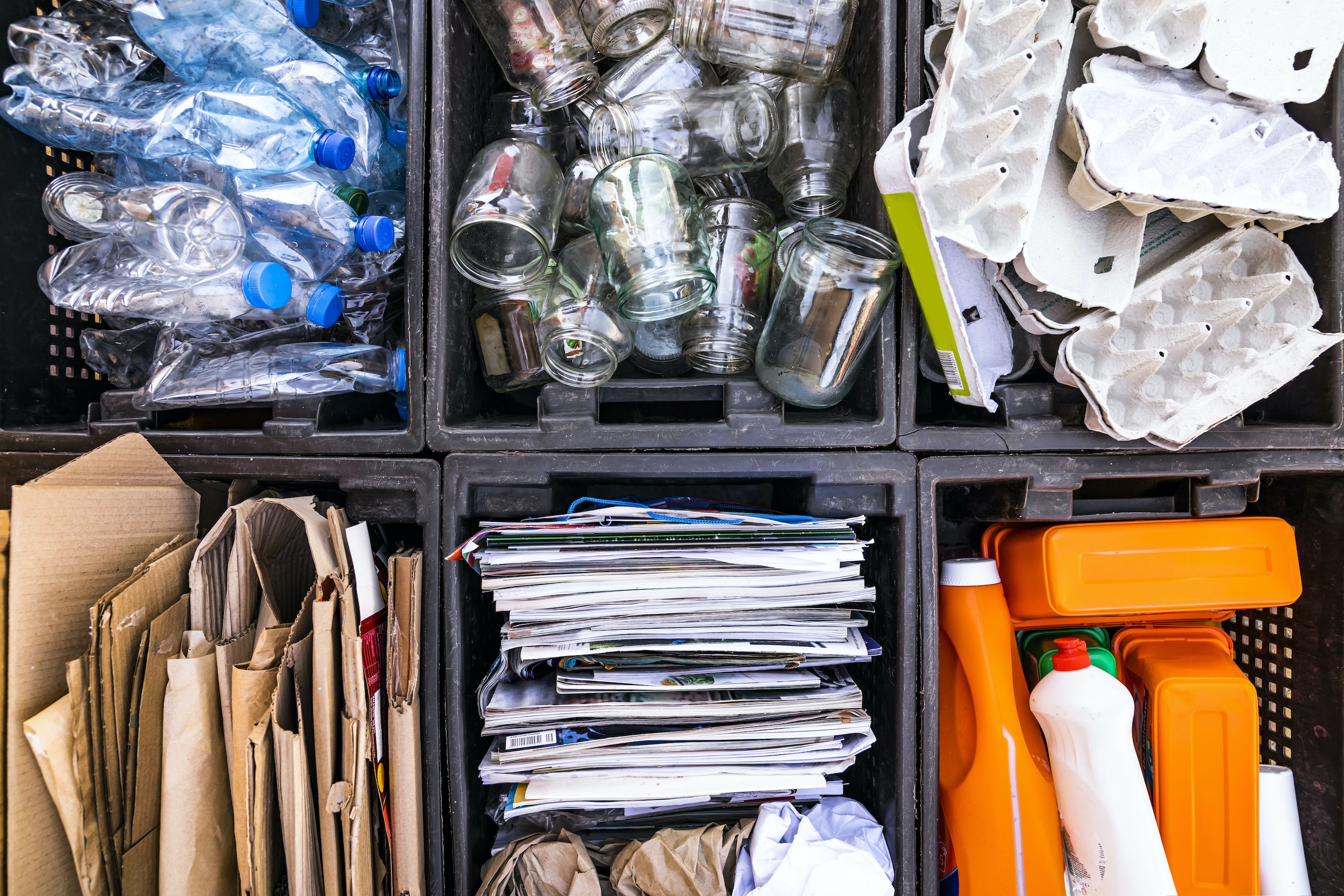
In recent years, being sustainably has grown into a huge trend. It is a method to lead a more responsible life and generate less trash. There are various methods to achieve this, but one is through minimizing the amount of trash you generate at home and have a healthy environment.
There are various approaches to waste reduction at home, and each has a distinct level of influence on your daily life. You may start off by doing basic things like composting food leftovers that you would normally throw away or recycling your plastic and paper goods. All of these help you lead a more environmentally friendly lifestyle at home.
3. Riding a public transportation vehicle
You contribute to global pollution if you drive your vehicle. Using public transportation or experimenting with human-powered forms of transportation like biking are two of the best methods to reduce your carbon footprint.
4. Purchase renewable energy.
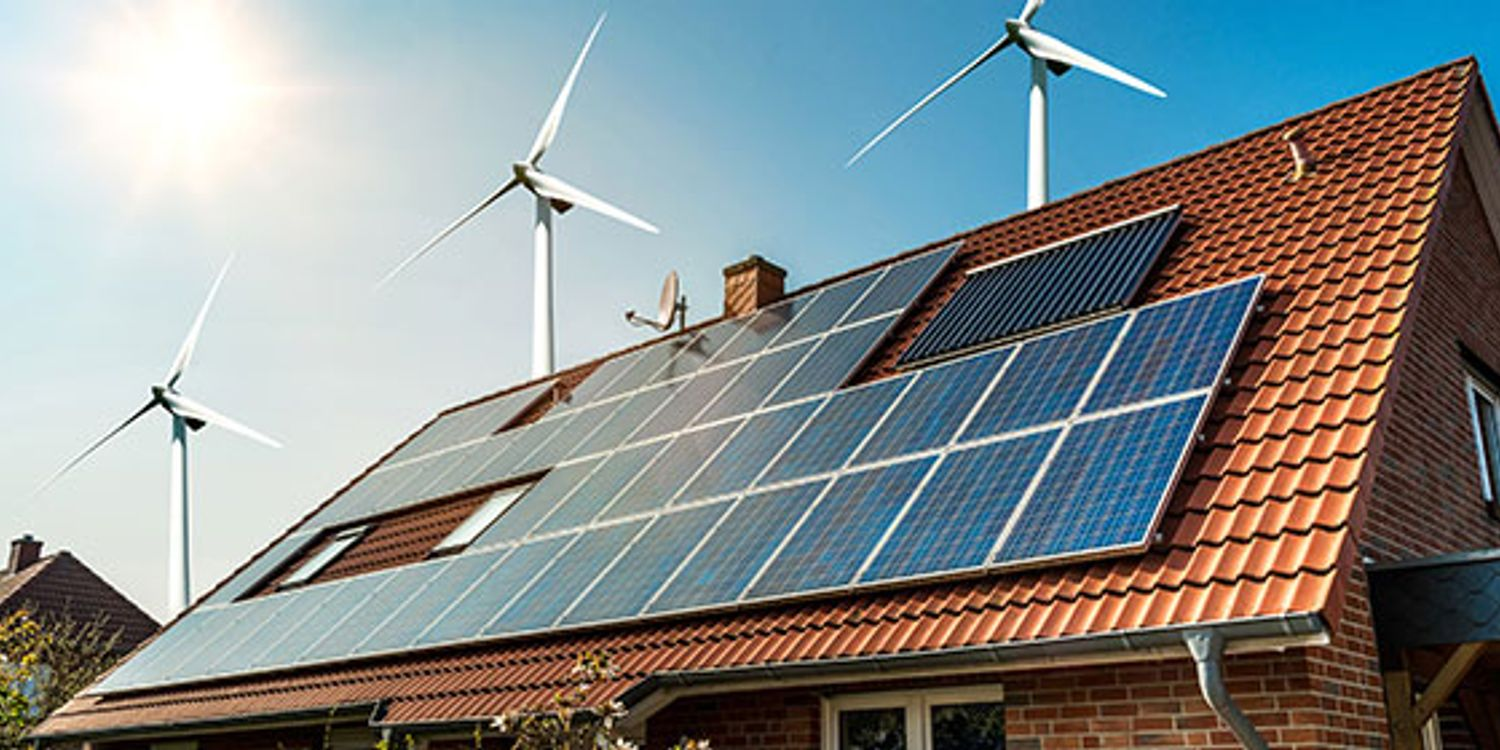
Renewable energy has indisputable advantages for household use. It is a practical approach to cut costs while also helping to preserve the environment.
Not just big firms and corporations use renewable energy. It can also be utilized at home. You can generate your own energy by installing solar panels on your home’s roofing or by buying a wind turbine.
5. Utilize large windows to save energy and provide energy.
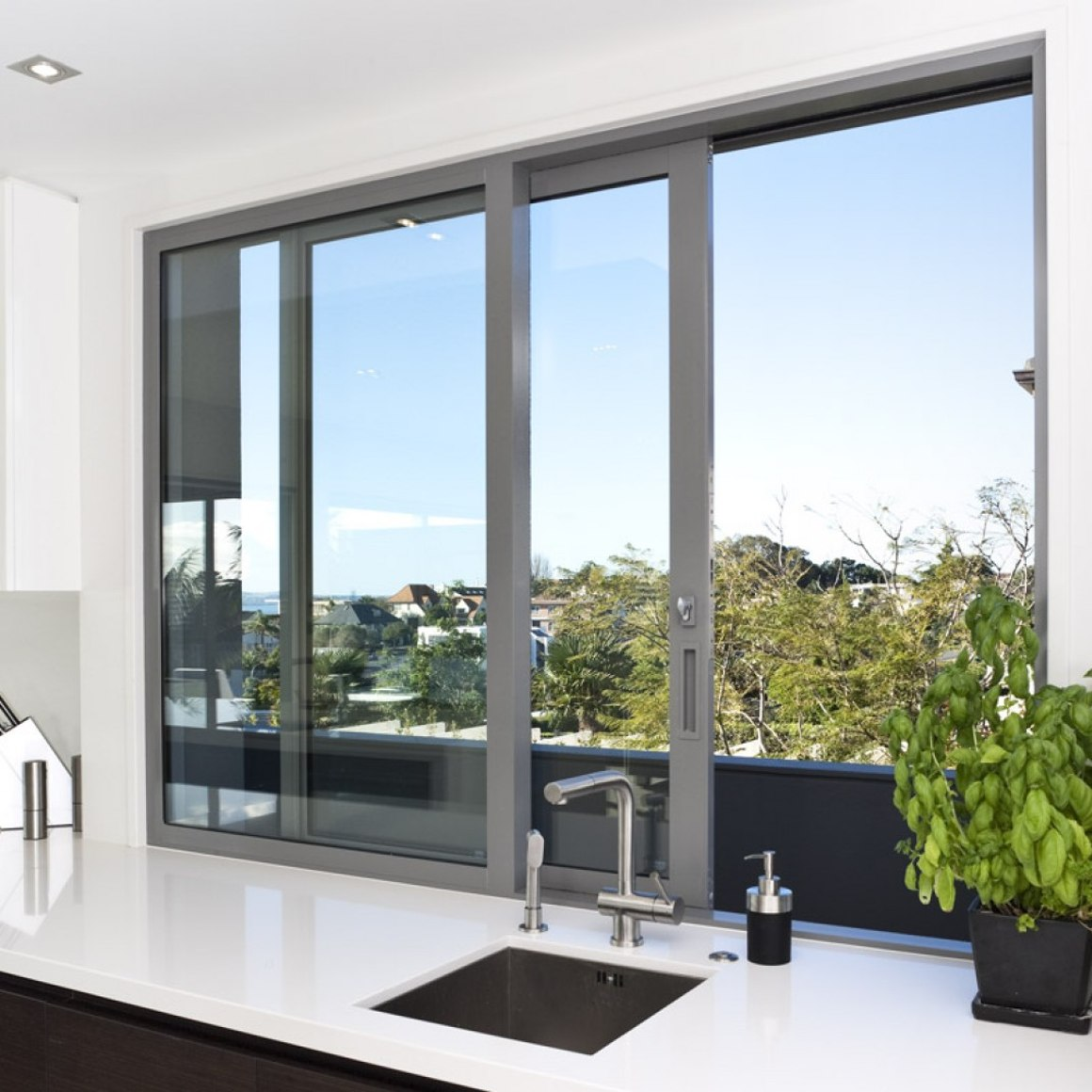
Large windows offer your home a wealth of natural light as well as other advantages. Large windows can lessen the need for artificial lighting, which can ultimately save money on electricity expenditures. Vitamin D, a vital substance that aids in elevating mood and stimulating the brain, is also abundant in natural light.
6. Water-saving toilet devices
The greatest water consumer at home is flushing the toilet, which can use up to several liters of water per flush. Water-saving toilet fixtures, like those with dual flush technology, use less water while still cleaning thoroughly with just one low-volume flush.
7. Use of LED Lighting
Compared to conventional incandescent and fluorescent lights, LED (Light Emitting Diodes) lights endure an average of 50,000 or more operational hours and are more sustainable. Additionally, they often use 90% less electricity, which makes them both cost- and energy-efficient.
Another benefit of LED light is that it is inherently risk-free. Since LEDs produce nearly little heat, they are cooler to the touch and may be left on for extended periods of time. Additionally, because it works well with low-voltage electrical systems, there is a much reduced risk of fire occurrences when using LED lighting.
8. Make use of reusable bags

To prevent using plastic bags at the grocery store, use foldable tote bags. Totes are a terrific way to display your favorite artwork in addition to being a practical replacement for plastic bags.
9. Utilize energy efficient appliances
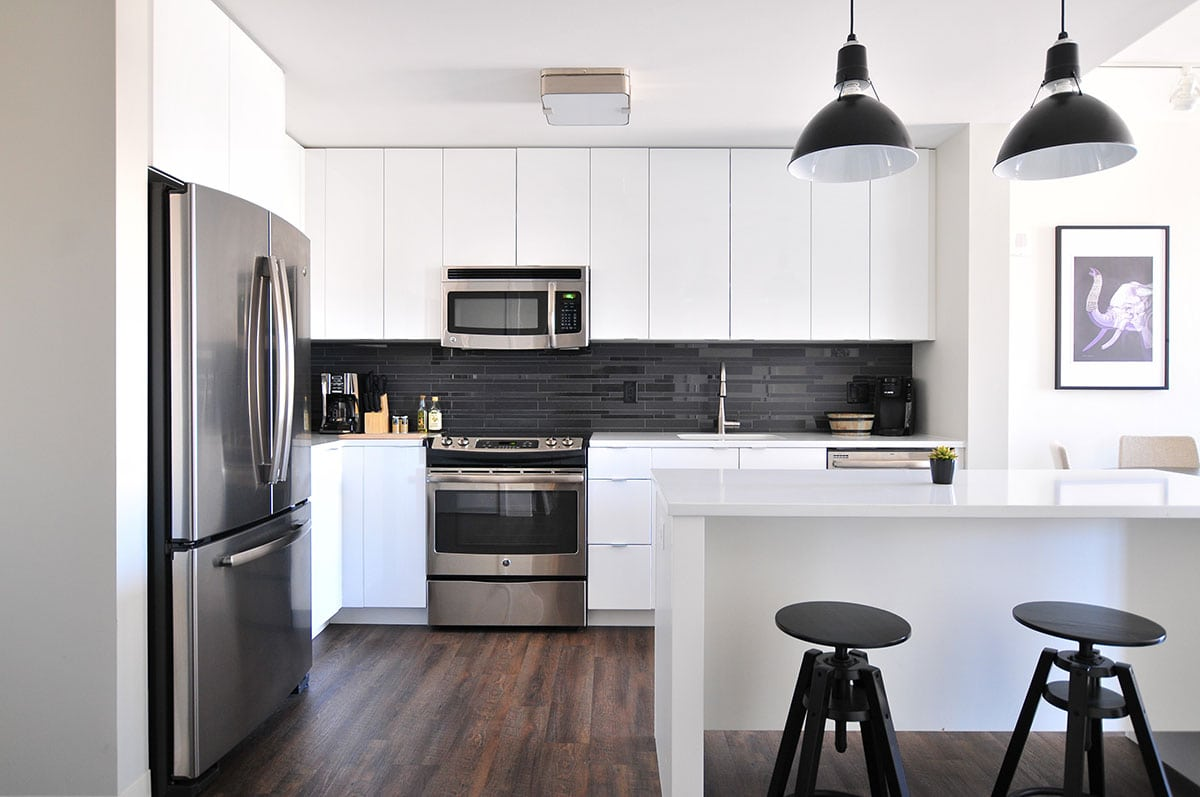
Your ten-year-old washing machine or rice cooker may make you think you’re saving money, but it’s actually skyrocketing your electricity bill because it isn’t energy-efficient.
You’ll be able to spend less money and operate your appliances more effectively if you replace your kitchen and laundry equipment with less energy consumption.
10. Minimizing food waste
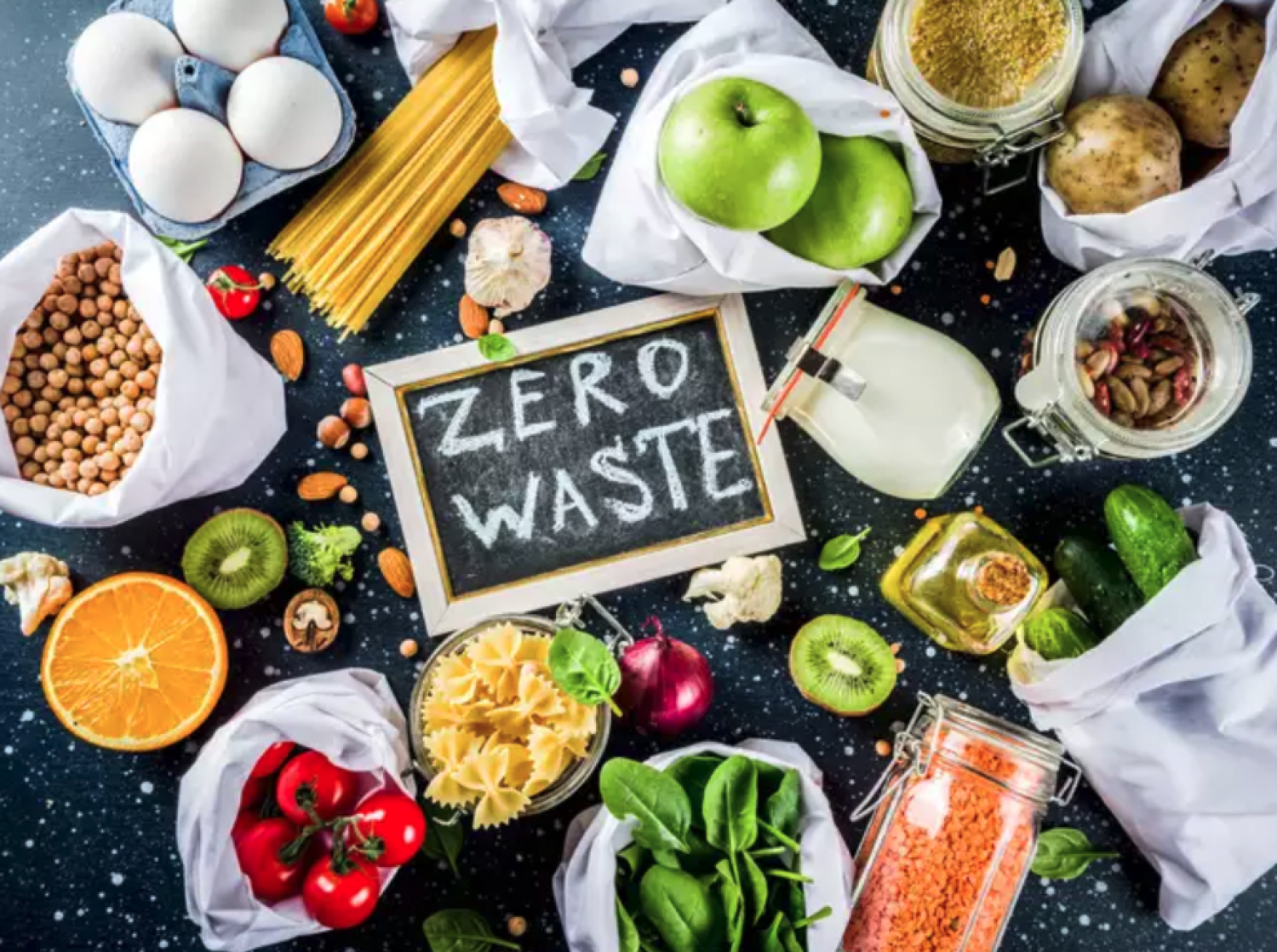
In the Philippines, over 1717 metric tons of food get wasted each day. If you truly want to live sustainably, you can assist reduce this issue by freezing food at home and coming up with inventive methods to repurpose leftovers.
Here are some methods to minimize food waste at home:
1. Review the storage
According to the principle of “first in, first out,” the first item you purchase must be the first item you consume. Prevent food from going bad by always handling and preparing food in a safe and proper manner.
One of the main reasons people don’t consume fruits and vegetables is because, once purchased, they quickly spoil and are best thrown away.
2. Understanding the amount of servings
Only prepare or serve food that you and/or other family members can consume. By providing kids the opportunity to help with preparing a meal or cooking and get a chance to serve themselves, you may teach them the value of reducing food waste.
3. Make a grocery list.
Creating a list of things to buy can help you get the most out of your trip to the market. Before purchasing more, prepare and consume the food you already have.
4. Give unattractive food a chance
Produce that is not precisely formed, or what some people refer to as “unattractive,” is nonetheless just as wholesome and delicious. Purchasing unattractive produce prevents them from being rejected and going in the garbage.
5. Make a meal plan.
To decide how much and what kinds of food to buy, make a rotation of dishes or schedule your meals for each week. Your journeys will be fewer as a result, saving you both time and money.
Benefits of Switching to a Sustainable Living:
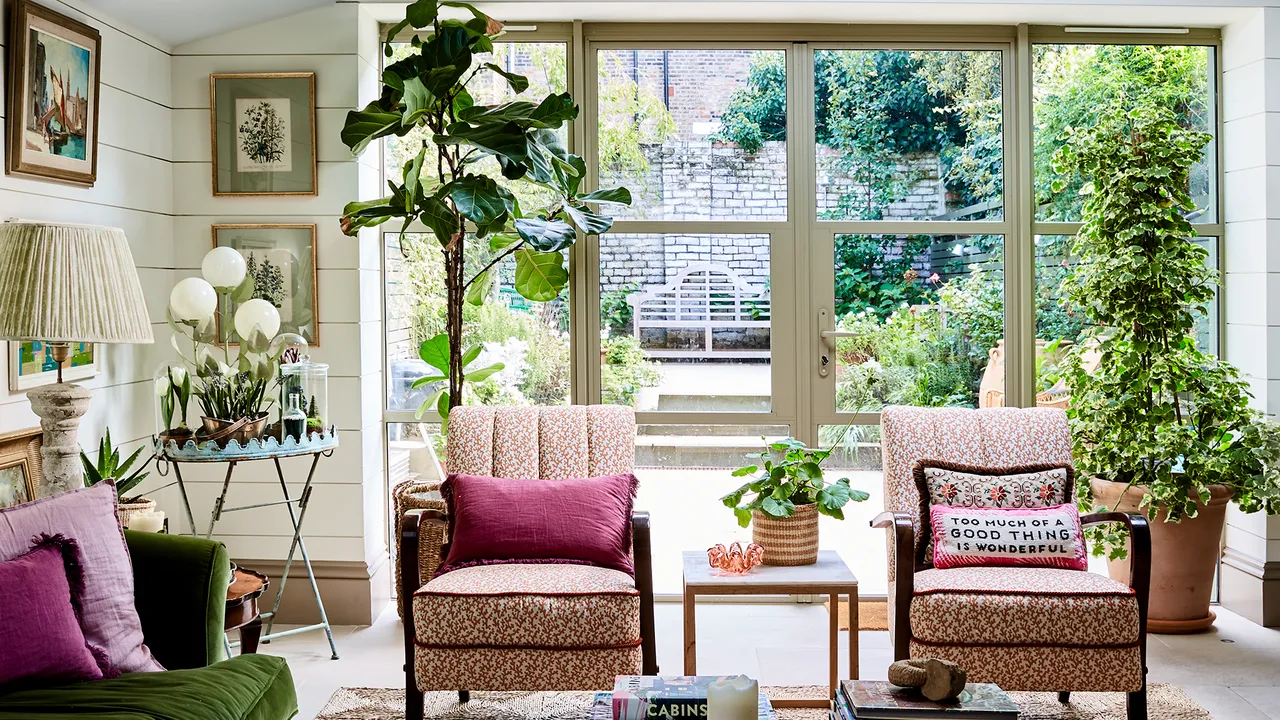
More and more individuals are searching for sustainable ways of living as a result of climate change and growing environmental consciousness. A sustainable home is one approach to accomplish this. A home that is environmentally friendly is one that is built with the environment and energy efficiency in mind. We can lower our carbon footprint, save cost on bills, and enhance our general quality of life by implementing sustainable living practices.
Here are a few advantages of switching a sustainable lifestyle:
1. Good for the environment
The favorable effect on the environment of residing in a sustainable home is another advantage. Sustainable homes are built with the environment in mind, employing renewable energy sources and minimizing waste. We may lessen the effects of climate change by residing in a sustainable home and so reducing our carbon footprint.
2. Gain Better Health
In addition to being good for the environment, sustainable living techniques such as exercising and consuming organic food are also good for your health. For instance, since farmers don’t use pesticides to create organic and locally sourced foods, they are more nutritious and healthier for the environment. Similarly,
By substituting non-toxic items for traditional ones, you can avoid being exposed to potentially harmful substances. Consequently, living sustainably will help your health in numerous ways!
3. Enhancing Indoor Air Quality
Enhanced indoor air quality is a feature of sustainable housing. Utilizing ventilation systems that are natural and materials free of hazardous chemicals allows for this. By lowering the risk of allergies and respiratory issues, enhanced air quality in the home can improve health outcomes.
4. Expense Savings
Living in a sustainable house has a number of important advantages, including the potential for economic savings. As a result of their energy-efficient design, sustainable homes use less energy than conventional homes to heat and cool them. Homeowners may eventually save a sizable sum of money as a result of lower energy expenses.
5. Reducing carbon footprint
Each of us should be thinking about how to lessen our carbon footprint. We must act today to lessen our harmful effects and contribute to the preservation of the environment for coming generations.
6. Increase your house value
The advantages that living sustainable and incorporate it to your homes, are becoming more and more apparent to buyers, from reduced maintenance expenses to a more sustainable and long-lasting way of life. Due to the increased demand for green homes, their property values are now significantly greater than those of non-green homes. You will be one step ahead of the game in the future if you make an eco-friendly home investment now.
7. Healthier and stable environment for future generations
The environment must be protected as the primary justification for choosing to live sustainably. For future generations, it means preserving its stability and continuation.
The environment will be secure and capable to support both the present generation and future generations if the sun’s energy is utilized, environmental footprint is reduced, non-toxic products are used, and the planet’s resources are used efficiently.
Wrapping up

As we’ve seen, there are many methods to live more sustainable lifestyle in our own homes. Knowing more about these beneficial sustainable living recommendations and advantages should make the transition to a more sustainable way of life for you and your family less scary. You will gain more independence and live in a healthier atmosphere overall if you make this change in your life. It will also benefit the natural environment and has a big impact on the environmental issues. This advice and its advantages are best implemented in BRIA Homes’ affordable houses and lots. BRIA Homes, one of the best real estate developers in the nation, wants to make more inexpensive house and lot packages available to normal Filipino families. BRIA Homes takes great pleasure in its rapid growth. Visit our website if you want to learn more.
Author: Mat Balbin
Custom Schema
Toggle panel: Custom Schema
Yoast SEO Premium
Toggle panel: Yoast SEO Premium
Focus keyphraseHelp on choosing the perfect focus keyphrase(Opens in a new browser tab)
Get related keyphrases(Opens in a new browser window)
Google preview
Preview as:Mobile resultDesktop result
Url preview:

Bria Homeswww.bria.com.ph› articles › the-benefits-of-sustainable-living-in-the-philippines
SEO title preview:
The Benefits of Sustainable Living in the Philippines | Bria Homes
Meta description preview:
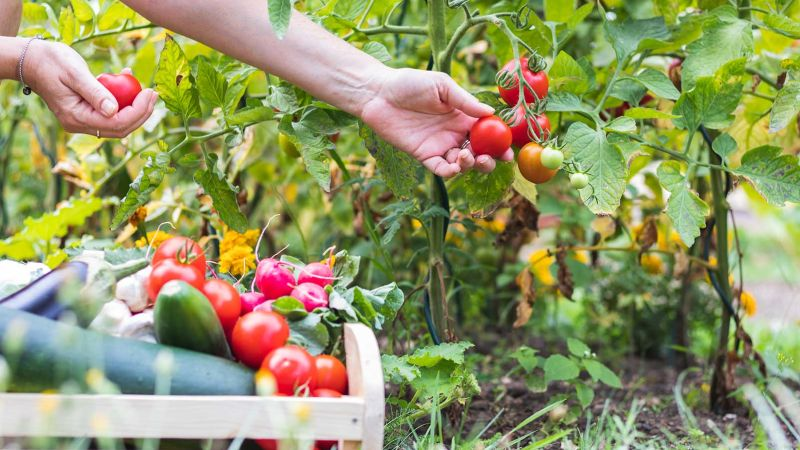
May 25, 2023 - Please provide a meta description by editing the snippet below. If you don’t, Google will try to find a relevant part of your post to show in the search results.
SEO titleInsert variable
Title Page Separator Site title
Slug
Meta descriptionInsert variable
Premium SEO analysisEnter a focus keyphrase to calculate the SEO score
Add related keyphrase
Track SEO performance
Internal linking suggestions
Cornerstone content
Advanced
Insights
PixelYourSite Head & Footer Scripts
Toggle panel: PixelYourSite Head & Footer Scripts
Table of Contents
Toggle panel: Table of Contents
| Insert table of contents. | |
| Advanced: | NOTE:Using the advanced options below will override the global advanced settings. |
| Headings: | Heading 1 (h1) Heading 2 (h2) Heading 3 (h3) Heading 4 (h4) Heading 5 (h5) Heading 6 (h6) Select the heading to consider when generating the table of contents. Deselecting a heading will exclude it. |
| Initial View | Initially hide the table of contents. |
| Alternate Headings | Specify alternate table of contents header string. Add the header to be replaced and the alternate header on a single line separated with a pipe |. Put each additional original and alternate header on its own line. |
Examples:Level [1.1]|Alternate TOC Header Replaces Level [1.1] in the table of contents with Alternate TOC Header.Note: This is case sensitive. | |
| Exclude Headings | Specify headings to be excluded from appearing in the table of contents. Separate multiple headings with a pipe |. Use an asterisk * as a wildcard to match other text. |
Examples:Fruit* Ignore headings starting with “Fruit”.*Fruit Diet* Ignore headings with “Fruit Diet” somewhere in the heading.Apple Tree|Oranges|Yellow Bananas Ignore headings that are exactly “Apple Tree”, “Oranges” or “Yellow Bananas”.Note: This is not case sensitive. |
- Post
- Block
Summary

Millions of people have discovered their passion of gardening as a result of the pandemic. But this isn’t only a pastime that benefits your mental well-being.
You can reduce your carbon impact and save money by growing your own food. Try to cultivate your own food without using pesticides and insecticides as much as possible because artificial farming is one of the main causes of biodiversity loss.
2. Recycling

In recent years, being sustainably has grown into a huge trend. It is a method to lead a more responsible life and generate less trash. There are various methods to achieve this, but one is through minimizing the amount of trash you generate at home and have a healthy environment.
There are various approaches to waste reduction at home, and each has a distinct level of influence on your daily life. You may start off by doing basic things like composting food leftovers that you would normally throw away or recycling your plastic and paper goods. All of these help you lead a more environmentally friendly lifestyle at home.
3. Riding a public transportation vehicle
You contribute to global pollution if you drive your vehicle. Using public transportation or experimenting with human-powered forms of transportation like biking are two of the best methods to reduce your carbon footprint.
4. Purchase renewable energy.

Renewable energy has indisputable advantages for household use. It is a practical approach to cut costs while also helping to preserve the environment.
Not just big firms and corporations use renewable energy. It can also be utilized at home. You can generate your own energy by installing solar panels on your home’s roofing or by buying a wind turbine.
5. Utilize large windows to save energy and provide energy.

Large windows offer your home a wealth of natural light as well as other advantages. Large windows can lessen the need for artificial lighting, which can ultimately save money on electricity expenditures. Vitamin D, a vital substance that aids in elevating mood and stimulating the brain, is also abundant in natural light.
6. Water-saving toilet devices
The greatest water consumer at home is flushing the toilet, which can use up to several liters of water per flush. Water-saving toilet fixtures, like those with dual flush technology, use less water while still cleaning thoroughly with just one low-volume flush.
7. Use of LED Lighting
Compared to conventional incandescent and fluorescent lights, LED (Light Emitting Diodes) lights endure an average of 50,000 or more operational hours and are more sustainable. Additionally, they often use 90% less electricity, which makes them both cost- and energy-efficient.
Another benefit of LED light is that it is inherently risk-free. Since LEDs produce nearly little heat, they are cooler to the touch and may be left on for extended periods of time. Additionally, because it works well with low-voltage electrical systems, there is a much reduced risk of fire occurrences when using LED lighting.
8. Make use of reusable bags

To prevent using plastic bags at the grocery store, use foldable tote bags. Totes are a terrific way to display your favorite artwork in addition to being a practical replacement for plastic bags.
9. Utilize energy efficient appliances

Your ten-year-old washing machine or rice cooker may make you think you’re saving money, but it’s actually skyrocketing your electricity bill because it isn’t energy-efficient.
You’ll be able to spend less money and operate your appliances more effectively if you replace your kitchen and laundry equipment with less energy consumption.
10. Minimizing food waste

In the Philippines, over 1717 metric tons of food get wasted each day. If you truly want to live sustainably, you can assist reduce this issue by freezing food at home and coming up with inventive methods to repurpose leftovers.
Here are some methods to minimize food waste at home:
1. Review the storage
According to the principle of “first in, first out,” the first item you purchase must be the first item you consume. Prevent food from going bad by always handling and preparing food in a safe and proper manner.
One of the main reasons people don’t consume fruits and vegetables is because, once purchased, they quickly spoil and are best thrown away.
2. Understanding the amount of servings
Only prepare or serve food that you and/or other family members can consume. By providing kids the opportunity to help with preparing a meal or cooking and get a chance to serve themselves, you may teach them the value of reducing food waste.
3. Make a grocery list.
Creating a list of things to buy can help you get the most out of your trip to the market. Before purchasing more, prepare and consume the food you already have.
4. Give unattractive food a chance
Produce that is not precisely formed, or what some people refer to as “unattractive,” is nonetheless just as wholesome and delicious. Purchasing unattractive produce prevents them from being rejected and going in the garbage.
5. Make a meal plan.
To decide how much and what kinds of food to buy, make a rotation of dishes or schedule your meals for each week. Your journeys will be fewer as a result, saving you both time and money.
Benefits of Switching to a Sustainable Living:

More and more individuals are searching for sustainable ways of living as a result of climate change and growing environmental consciousness. A sustainable home is one approach to accomplish this. A home that is environmentally friendly is one that is built with the environment and energy efficiency in mind. We can lower our carbon footprint, save cost on bills, and enhance our general quality of life by implementing sustainable living practices.
Here are a few advantages of switching a sustainable lifestyle:
1. Good for the environment
The favorable effect on the environment of residing in a sustainable home is another advantage. Sustainable homes are built with the environment in mind, employing renewable energy sources and minimizing waste. We may lessen the effects of climate change by residing in a sustainable home and so reducing our carbon footprint.
2. Gain Better Health
In addition to being good for the environment, sustainable living techniques such as exercising and consuming organic food are also good for your health. For instance, since farmers don’t use pesticides to create organic and locally sourced foods, they are more nutritious and healthier for the environment. Similarly,
By substituting non-toxic items for traditional ones, you can avoid being exposed to potentially harmful substances. Consequently, living sustainably will help your health in numerous ways!
3. Enhancing Indoor Air Quality
Enhanced indoor air quality is a feature of sustainable housing. Utilizing ventilation systems that are natural and materials free of hazardous chemicals allows for this. By lowering the risk of allergies and respiratory issues, enhanced air quality in the home can improve health outcomes.
4. Expense Savings
Living in a sustainable house has a number of important advantages, including the potential for economic savings. As a result of their energy-efficient design, sustainable homes use less energy than conventional homes to heat and cool them. Homeowners may eventually save a sizable sum of money as a result of lower energy expenses.
5. Reducing carbon footprint
Each of us should be thinking about how to lessen our carbon footprint. We must act today to lessen our harmful effects and contribute to the preservation of the environment for coming generations.
6. Increase your house value
The advantages that living sustainable and incorporate it to your homes, are becoming more and more apparent to buyers, from reduced maintenance expenses to a more sustainable and long-lasting way of life. Due to the increased demand for green homes, their property values are now significantly greater than those of non-green homes. You will be one step ahead of the game in the future if you make an eco-friendly home investment now.
7. Healthier and stable environment for future generations
The environment must be protected as the primary justification for choosing to live sustainably. For future generations, it means preserving its stability and continuation.
The environment will be secure and capable to support both the present generation and future generations if the sun’s energy is utilized, environmental footprint is reduced, non-toxic products are used, and the planet’s resources are used efficiently.
Wrapping up

As we’ve seen, there are many methods to live more sustainable lifestyle in our own homes. Knowing more about these beneficial sustainable living recommendations and advantages should make the transition to a more sustainable way of life for you and your family less scary. You will gain more independence and live in a healthier atmosphere overall if you make this change in your life. It will also benefit the natural environment and has a big impact on the environmental issues. This advice and its advantages are best implemented in BRIA Homes’ affordable houses and lots. BRIA Homes, one of the best real estate developers in the nation, wants to make more inexpensive house and lot packages available to normal Filipino families. BRIA Homes takes great pleasure in its rapid growth. Visit our website if you want to learn more.





